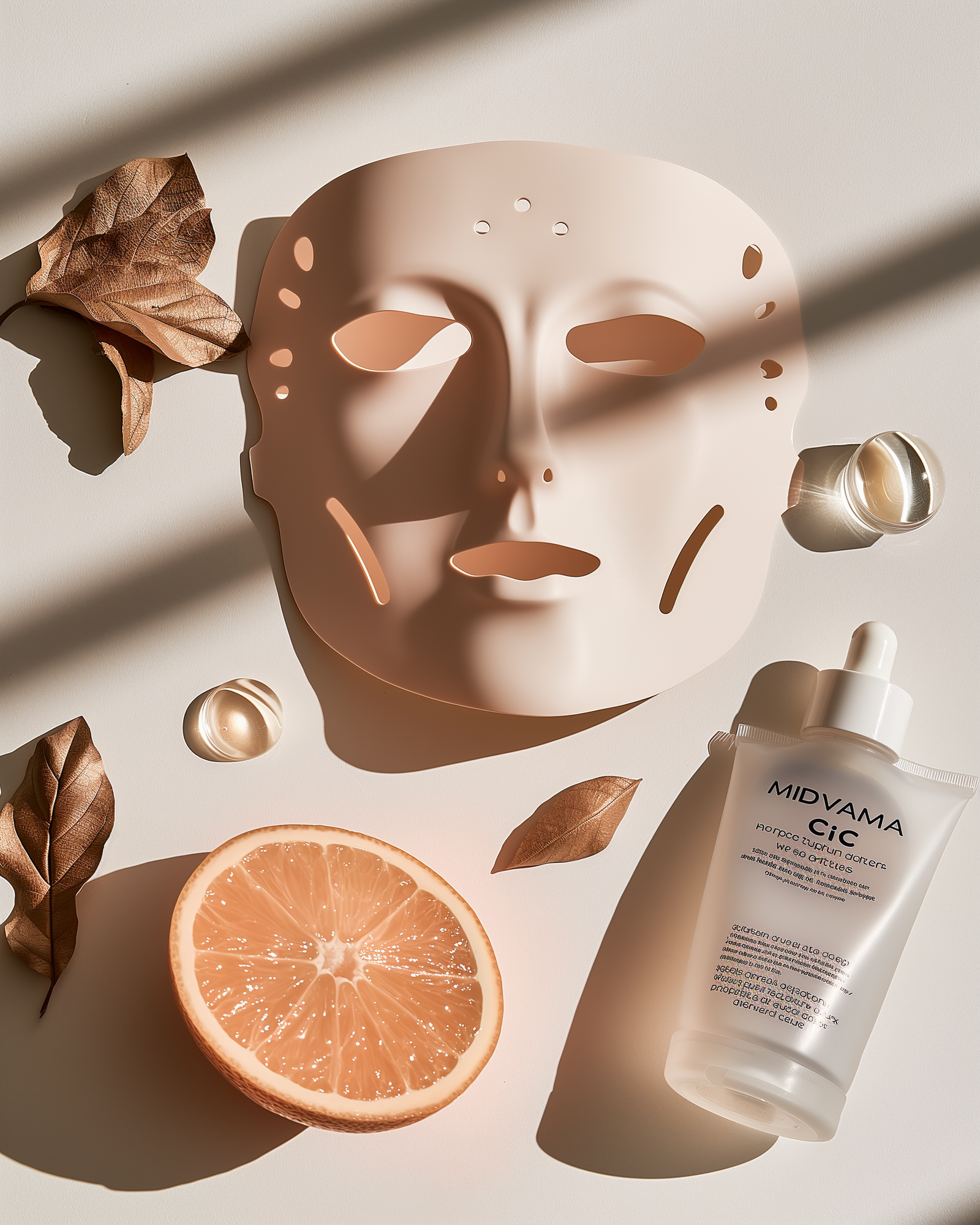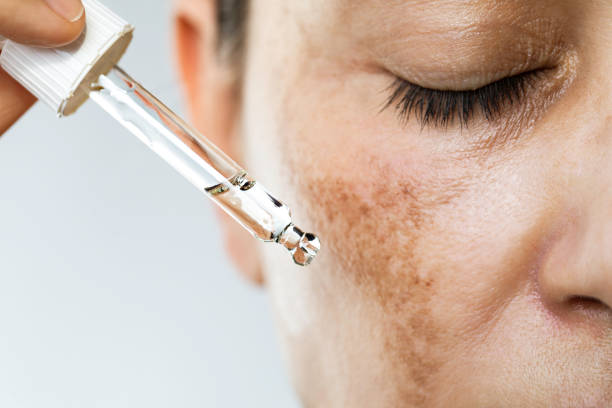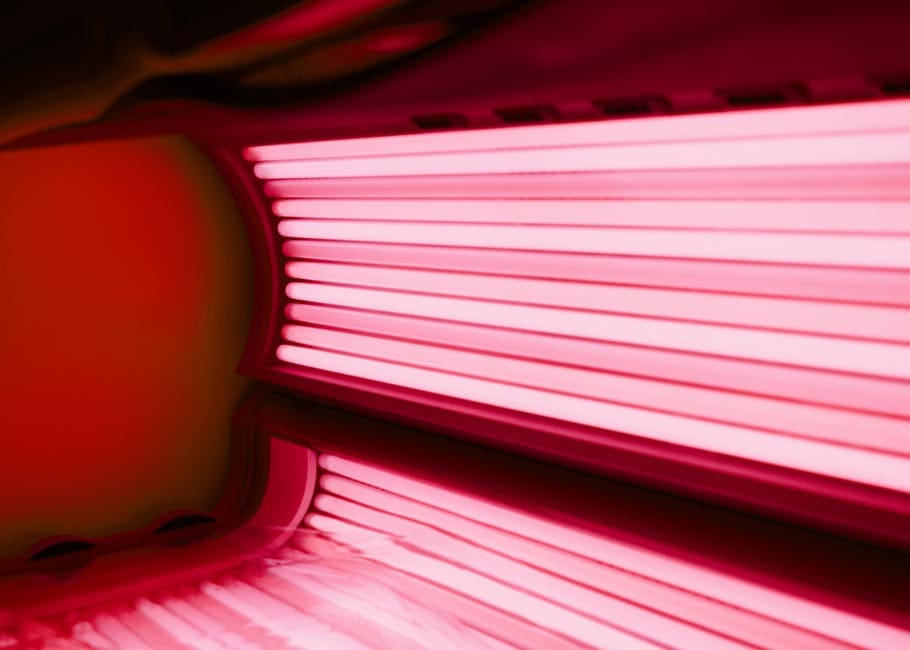HELPS CONTROL:
- Rosacea
- Acne
- Eczema
- Wrinkles
- Inflammation and Redness
- Stretch Marks
- Promotes Hair Growth
- Burn Recovery
- Eczema
- Vitiligo
- Dermatitis
- Acne Scars
- Psoriasis
- Wound Healing
PRICE RANGE: At-home devices range from $35 to $500.
AVERAGE DOWNTIME: No downtime, non-invasive. Mild redness may occur temporarily after treatment.
RED LIGHT THERAPY TREATMENT OVERVIEW
WHAT IT DOES:Red light therapy involves exposing the skin to red or near-infrared light, which is absorbed by the mitochondria in cells. This boosts cellular energy (ATP), promoting collagen and elastin production and aiding in cell regeneration. Unlike UV light, red light therapy does not burn or damage the skin.
WHAT YOU NEED TO KNOW: The efficacy of red light therapy depends on the wavelength. For skin rejuvenation and healing, red light wavelengths between 630-670 m are ideal, while 700-950nm wavelengths are used for low-level laser therapy (LLT) to treat pain and inflammation. Devices vary in energy output, measured as irradiance (mw/cm²), influencing treatment duration. Professional equipment often includes settings to optimize light absorption. Treatment times range from 5 to 45 minutes.
RED LIGHT THERAPY FAQS
What is red light therapy?
Red light therapy uses red and infrared light wavelengths to treat various skin and health conditions. It's also known as low-level laser therapy (LLLT), photobiomodulation (PBM), and cold laser therapy. It includes visible red light (620-700 nm) and near-infrared light (800-950 nm), enhancing cellular energy, promoting oxygen utilization, and boosting ATP production.
Red light therapy can be applied using a LED Mask or by positioning a light panel near the treatment area, commonly used for skin treatments. Alternatively, low-level laser therapy (LLLT) uses a handpiece to deliver laser-like beams of invisible light energy to the target area. This form of therapy is painless, generates minimal heat, and involves no downtime.
Will red light therapy tighten skin?
Red light therapy boosts cellular energy, promoting collagen and elastin production, which can lead to firmer, tighter skin. However, it does not produce the thermal heat necessary for immediate collagen contraction like radiofrequency or ultrasound treatments. The tightening effect is due to healthier skin and increased collagen production over multiple sessions.
Can red light therapy cause cancer?
There is no evidence that red light therapy causes cancer or damages cellular DNA. However, it is not recommended for patients with active cancer due to its effect on cellular activity.
How often should you use red light therapy?
Red light therapy is a valuable addition to most skincare routines, offering numerous benefits with minimal side effects. However, overuse could potentially lead to tissue damage. Follow the specific device guidelines or consult an experienced practitioner to achieve optimal results. The general recommendations for LED Face Masks are 3-5x per week for 5-20 minutes per session.
Will red light therapy help with acne?
Red light therapy can reduce acne by decreasing sebaceous gland activity without the harmful effects of UV exposure. Combining red light with blue LED light can significantly improve inflamed acne. At-home devices that use both lights have also shown to be effective.
How long should you use red light therapy?
The duration and frequency of red light therapy depend on the device's wavelength and energy output. There are no set rules, so it's best to follow healthcare provider recommendations or manufacturer guidelines for your device. The general recommendations for LED Face Masks are 3-5x per week for 5-20 minutes per session.
Is low-level laser therapy safe?
Low-level laser therapy is generally safe, with minimal reported side effects. It is not recommended for use during pregnancy, with epilepsy, active thyroid conditions, or if taking light-sensitive medications. Mild redness may occur, but treatments are typically safe when administered by a knowledgeable clinician or according to device guidelines.
*Always consult your physician before undergoing any procedure
**Follow all product use instructions and warnings
***If irritation occurs, discontinue use; if irritation persists, consult your physician



